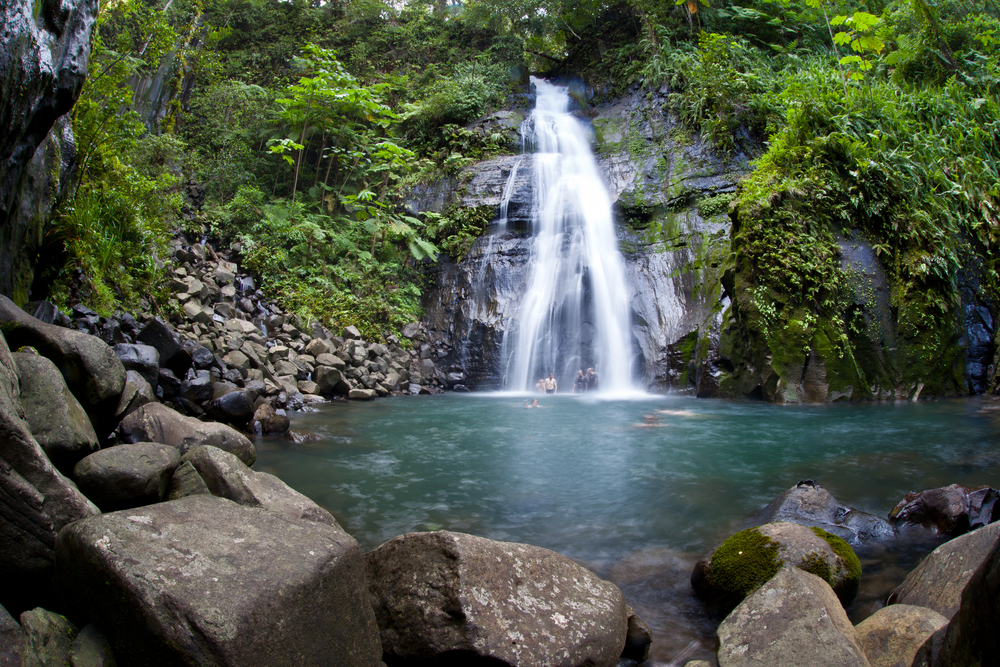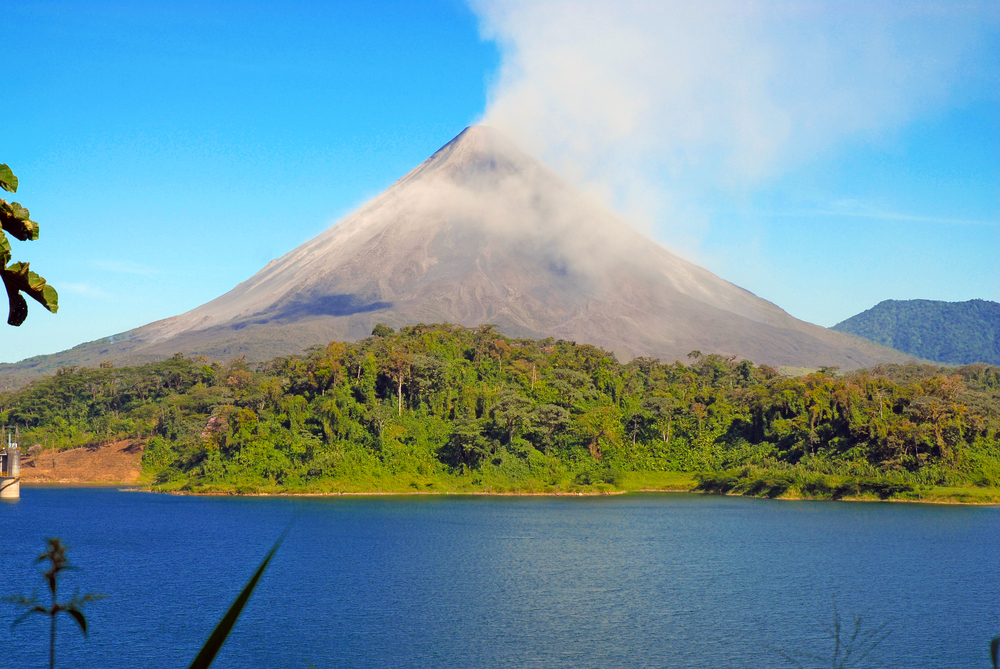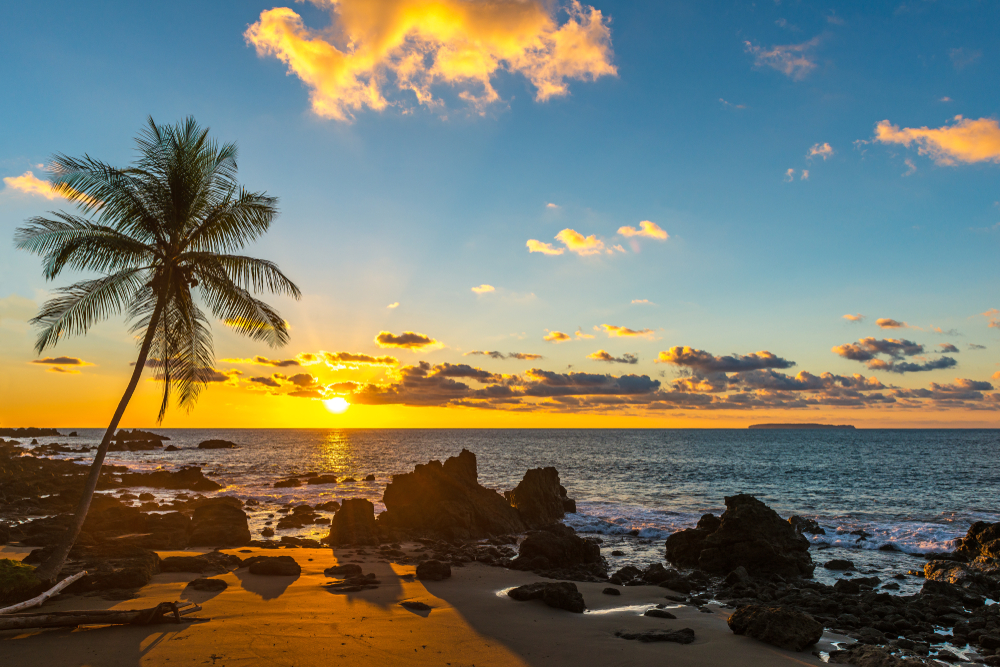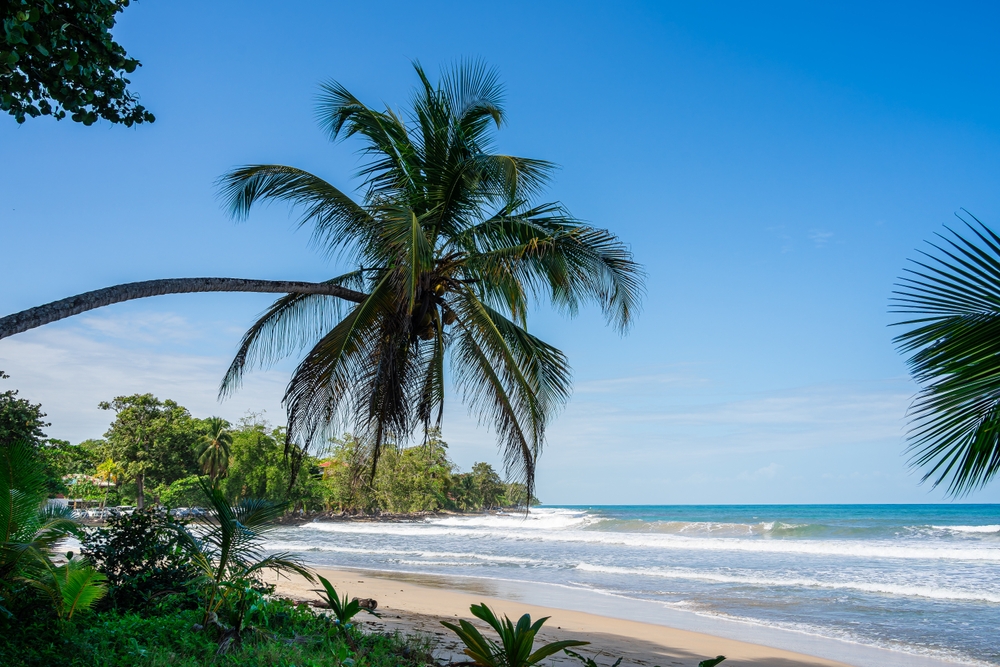Cocos Island Overview
Cocos Island National Park, known as Parque Nacional Isla del Coco in Spanish, is a remote and ecologically rich national park located approximately 340 miles (550 kilometers) off the Pacific coast of Costa Rica.
Covering an area of about 8.5 square miles (22 square kilometers), with an additional 7,600 square miles (19,800 square kilometers) of protected marine waters, this UNESCO World Heritage Site is famous for its incredible biodiversity, pristine waters, and significance as a global conservation area.
The park’s landscape is defined by its rugged volcanic terrain, dramatic cliffs, and dense tropical rainforest. Cocos Island, the only landmass within the park, is covered in thick, lush vegetation sustained by heavy rainfall throughout the year.
With elevations reaching up to 2,080 feet (634 meters) at Cerro Iglesias, the island is characterized by steep slopes, deep valleys, and numerous waterfalls cascading down its cliffs, the most famous being Genio and Pittier Waterfalls. The island’s forests are teeming with ferns, mosses, and endemic plant species, making it one of the most pristine and untouched rainforests in the world.
Cocos Island National Park is renowned for its extraordinary marine and terrestrial wildlife. The surrounding waters are a hotspot for large pelagic species, including schools of hammerhead sharks, whale sharks, manta rays, and dolphins.
It is one of the few places in the world where divers can witness massive congregations of scalloped hammerhead sharks. The island itself is home to endemic bird species such as the Cocos finch and the Cocos flycatcher, along with seabirds like the red-footed booby and frigatebirds.
Among the island’s mammals, the pig and deer populations introduced by past visitors have impacted the native ecosystem, but conservation efforts have focused on restoring the island’s natural balance.
Visitors to Cocos Island primarily experience the park through diving and snorkeling, as it is considered one of the best diving destinations in the world. The underwater topography, with its caves, pinnacles, and steep drop-offs, provides habitats for an incredible variety of marine life.
Dive sites such as Bajo Alcyone, Dirty Rock, and Manuelita Island are world-famous for shark encounters and vibrant coral reefs. Due to its remote location, access to Cocos Island is strictly regulated, and visitors must travel by liveaboard boat, which takes about 36 hours from the mainland.
Apart from diving, visitors can explore parts of the island through guided hikes, where they can witness the lush forest, waterfalls, and historical remnants left by pirates who once sought refuge there.
Conservation efforts in Cocos Island National Park have been extensive, given its ecological importance and challenges. Illegal fishing, particularly shark finning, has been a persistent issue, and park rangers work to patrol the vast marine protected area.
Costa Rica has strengthened its conservation policies in recent years, expanding the marine reserve and implementing stricter enforcement against poaching. Scientific research and international collaborations continue to support the park’s preservation, ensuring its unique biodiversity remains intact for future generations.



















































































